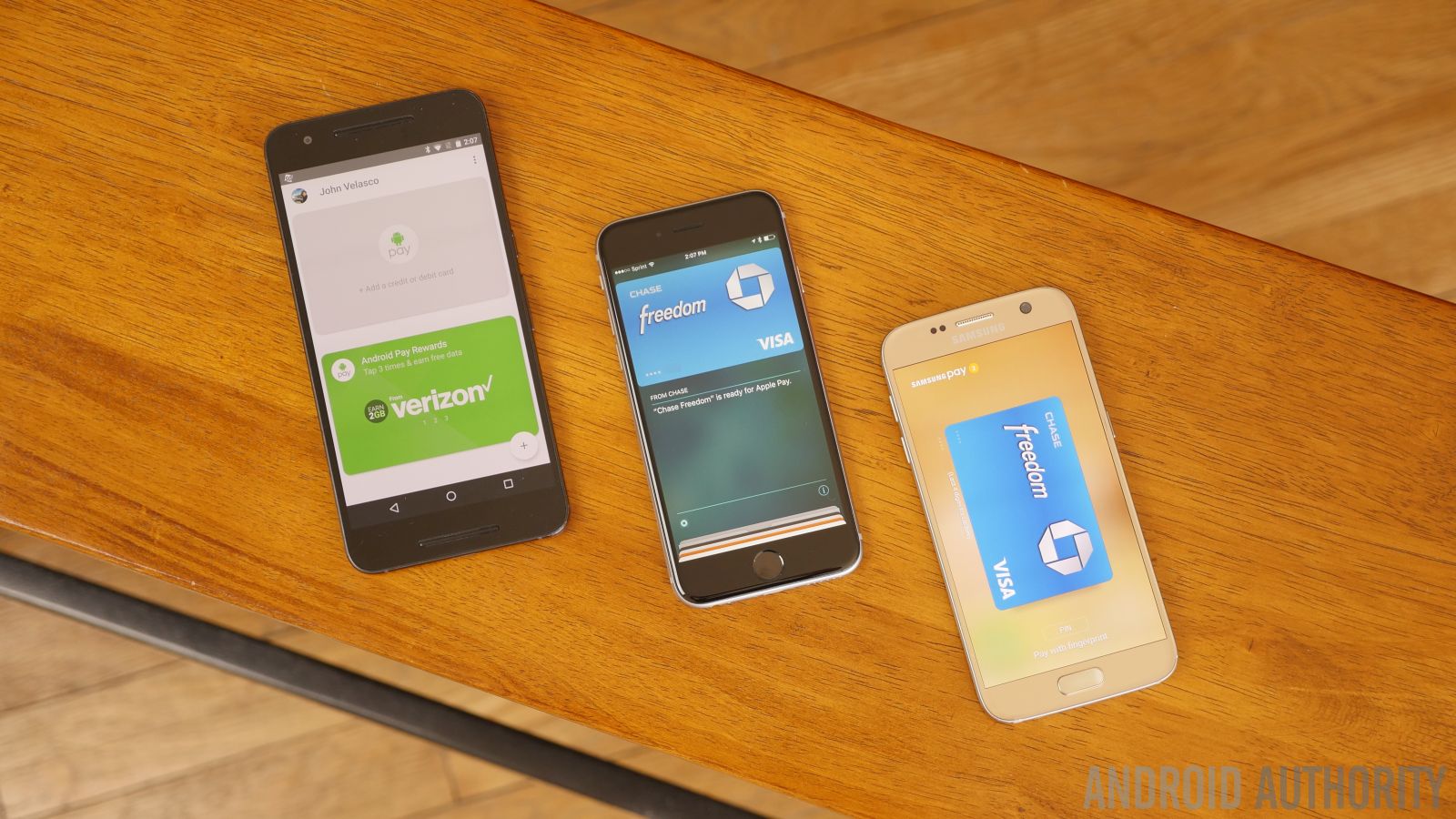
 Google
Google
The idea of exchanging cash with a cashier or touching the buttons when making debit card purchases has apparently skeeved out the general public. Consumer use of contactless payments is on the rise, according to CNBC, as consumers look for ways to avoid touching germ-ridden cash and credit card terminals.
Tap-to-pay and mobile pay services have seen a 40% jump during the first quarter, reflecting consumer fears about coronavirus when interacting with retailers and other merchants. People are "looking for a quick way to get in and out of stores without exchanging cash, touching terminals, or anything else," said MasterCard CEO Ajay Banga during the company's recent call with analysts. "We are seeing an increase in the use of contactless transactions, and we think this trend will continue after the pandemic."
TD Bank concurs. The company says contactless payment use exploded in the wake of coronavirus. "The number of contactless transactions as a proportion of total transactions jumped in March," said Angela Conti, TD Bank's senior vice president of debits cards and payments, speaking to PaymentsSource.
Could coronavirus be the kick in the pants contactless payments need to really take off?
Slow start


US consumers have been slow to adopt mobile and contactless payments. Before the virus hit, only about 10% of buyers made use of such methods. In China, by contrast, some 80% of consumers use their phones to pay for food and other items. One reason for the lack of buy-in from US shoppers is slow uptake on the part of retailers. The idea of replacing legacy payment terminals that already work with credit cards is unappealing to some retailers. Their choice may be costing them.
Companies that adopted contactless payments before coronavirus struck, including McDonald's, Starbucks, and Walgreens, have benefited from the uptick. Savvy consumers are more apt to spend their money when they know they can do so safely.
Speaking personally, I've adjusted my spending to prioritize merchants that support mobile payment options. Anything is better than cash right now. Device-based services have been instrumental in facilitating this switch.
Contactless payments can be made in multiple ways. The most accessible for consumers are Google Pay, Samsung Pay, Apple Pay, or LG Pay. These services let people tap their phone to a terminal to pay for goods and services, which are charged to a debit or credit card. Another is in-app or on-site mobile payments, using the same services to complete transactions wholly within applications or online and then simply pick up whatever the goods happen to be.

 Loading poll
Loading poll Impetus


While market data shows a rise in contactless payments, what's not clear is how long the boost will last. Firms that see sales drop while consumers shift their spending to businesses that support contactless payments may find reason to upgrade.
"Contactless doesn't work in all retail environments," said Nathan Hilt, a payments expert from Protiviti, "but where there's a benefit, coronavirus is going to accelerate that trend and mobile payments will advance with it."
Some of the nation's largest retailers, such as Walmart, have yet to embrace mobile payments. If there's a silver lining at all to coronavirus, this might be it: increased adoption across the country.
More posts about coronavirus
from Android Authority https://ift.tt/2KJNRx5
via IFTTT










Aucun commentaire:
Enregistrer un commentaire